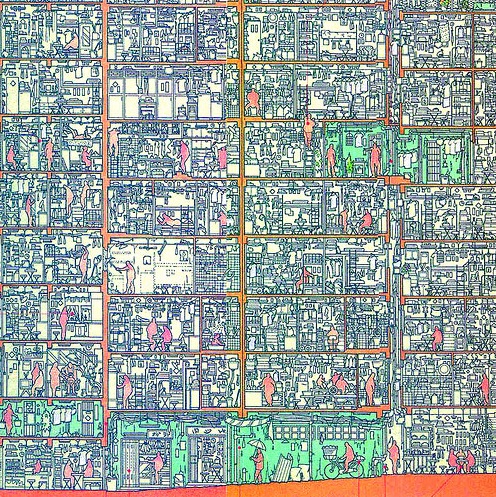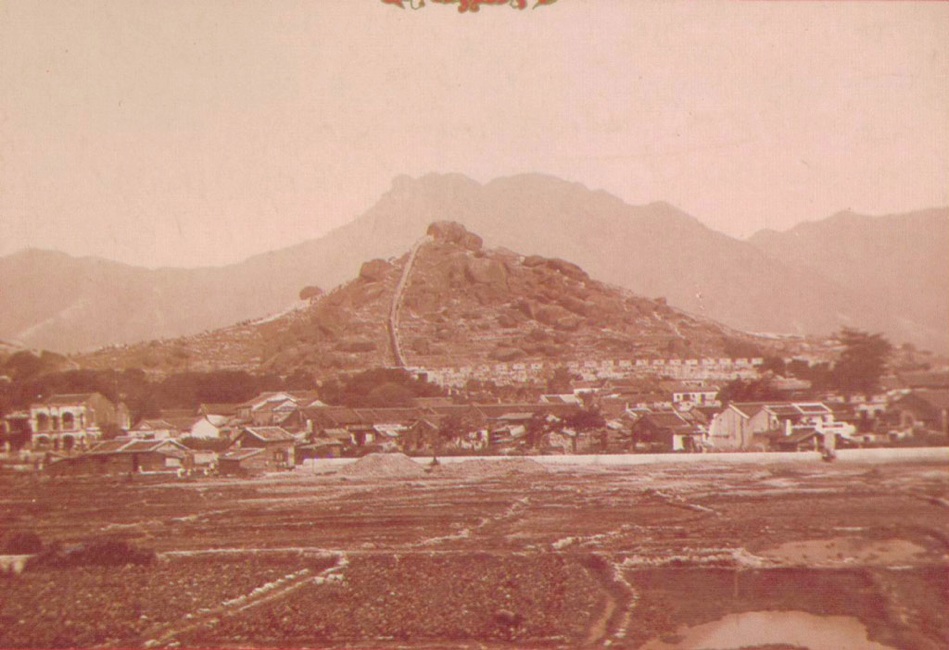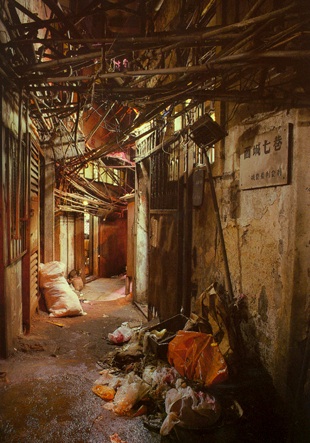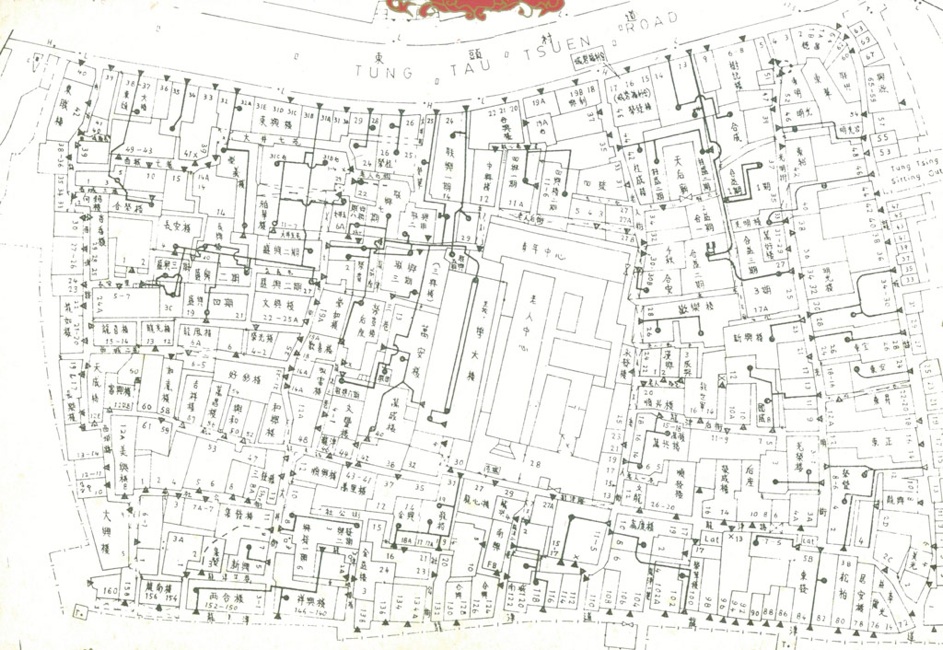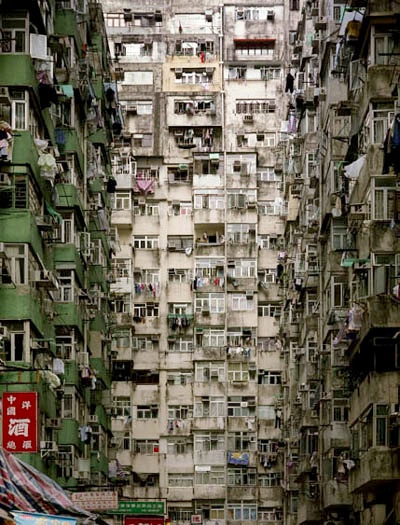Difference between revisions of "Kowloon Walled City"
Caseorganic (Talk | contribs) (Created page with 'right Kowloon Walled City was a part of Hong Kong until 1993 when it was completely demolished and all residents relocated. Established o…') |
(No difference)
|
Revision as of 00:23, 27 January 2011
Kowloon Walled City was a part of Hong Kong until 1993 when it was completely demolished and all residents relocated. Established originally as a watch post, Kowloon City turned into a haven for crime, prostitution, drug trade, and all sorts of black market trades in the 20th Century. It was a true anarchic squatter city reminding me of actual dystopia exhibited only in movies such as Blade Runner, but it actually existed as a tangible place". http://nioate.blogspot.com/2008/01/real-dystopia-kowloon-walled-city.html.
Cross-section of Kowloon Walled City buildings
More at: <a href="http://forum.skyscraperpage.com/showthread.php?t=55357" rel="nofollow">forum.skyscraperpage.com/showthread.php?t=55357</a>
Photo of Kowloon Walled City (possibly from the 1800's)
Check out this oldest photo of the KWC (probably in the 1800's)
The little hill behind KWC is the one on the upper-left corner of the first photo posted here. It has been partially blasted like many small hills in Hong Kong (mostly for land reclamation). I would never know what they originally looked like without these ancient photos. The mountain in the background is the Lion Rock. Glad that it has not been blasted. I wouldn't know it's Kowloon without it.
<a href="http://www.klnwcity.org/intro/large/klnwcity/before60/before60klnwcity_figure2_large.jpg" rel="nofollow">www.klnwcity.org/intro/large/klnwcity/before60/before60kl...</a>
The Kowloon Walled City was a tiny Chinese enclave in the middle of British Hong Kong for decades. It was torn down in 1993. Over the years, many filmmakers, gaming designers and other artists have used the Walled City as an inspiration when they wanted to convey a sense of oppressive urbanization or centers of unfettered criminality.
<a href="http://www.picturesocial.com/profiles/blogs/1483478:BlogPost:262951" rel="nofollow">www.picturesocial.com/profiles/blogs/1483478:BlogPost:262951</a> ---
Here, prostitutes installed themselves on one side of the street, while a priest preached and handed out powdered milk to the poor on the other; social workers gave guidance, while drug addicts squatted under the stairs getting high; what were children's games centres by day became strip show venues by night. It was a very complex place, difficult to generalise about, a place that seemed frightening but where most people continued to lead normal lives. A place just like the rest of Hong Kong. —Leung Ping Kwan, City of Darkness, p. 120
octobercountry (10 months ago | reply | delete) That is wild! But how is it possible that there were no fires? Seems like the whole place could have burned down rather easily.
(10 months ago | edit | delete) That was one of the largest concerns. There were standards around electrical installation for that reason. I think the only outside help they had besides water. But even with that, I am also very surprised it didn't burn down as well!
part of history is being re-constructed through this medium.
Kowloon Walled City was the most densely populated place on Earth before it was destroyed in 1993 and turned into a park. At its peak, the “city” had 50,000 inhabitants on 0.026 km² area of land (that, according to Wikipedia, is equal to about 1,900,000 people per square kilometer). By contrast, Manhattan (NYC) has a population density of 25,849/km².
Unsure of the origin of this.
The City's dozens of alleyways were often only 1–2 m (3.3–6.6 ft) wide, and had poor lighting and drainage.[18] An informal network of staircases and passageways also formed on upper levels, which was so extensive that one could travel north to south through the entire City without ever touching solid ground.[4]
<a href="http://en.wikipedia.org/wiki/Kowloon_Walled_City" rel="nofollow">en.wikipedia.org/wiki/Kowloon_Walled_City</a>

